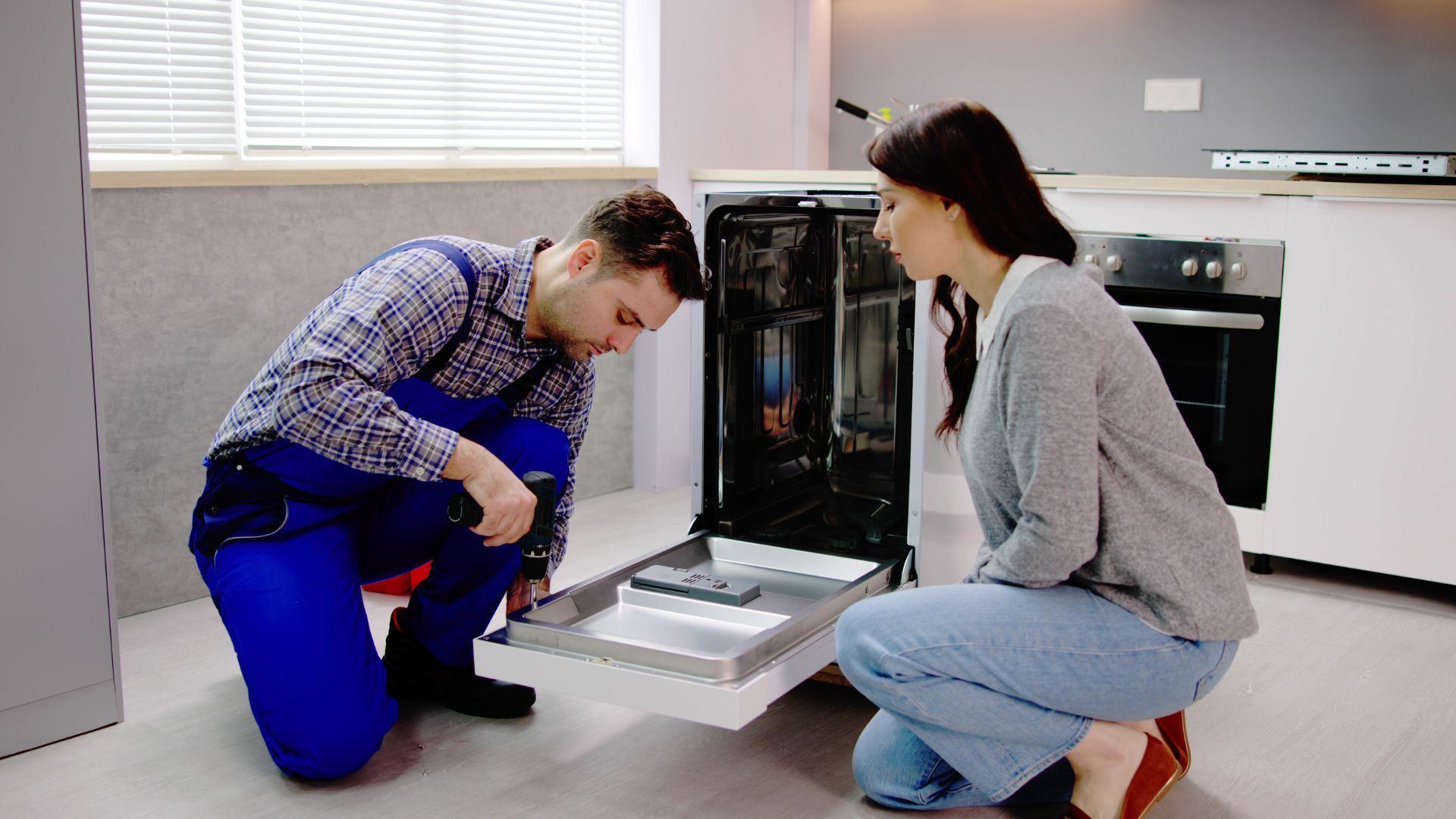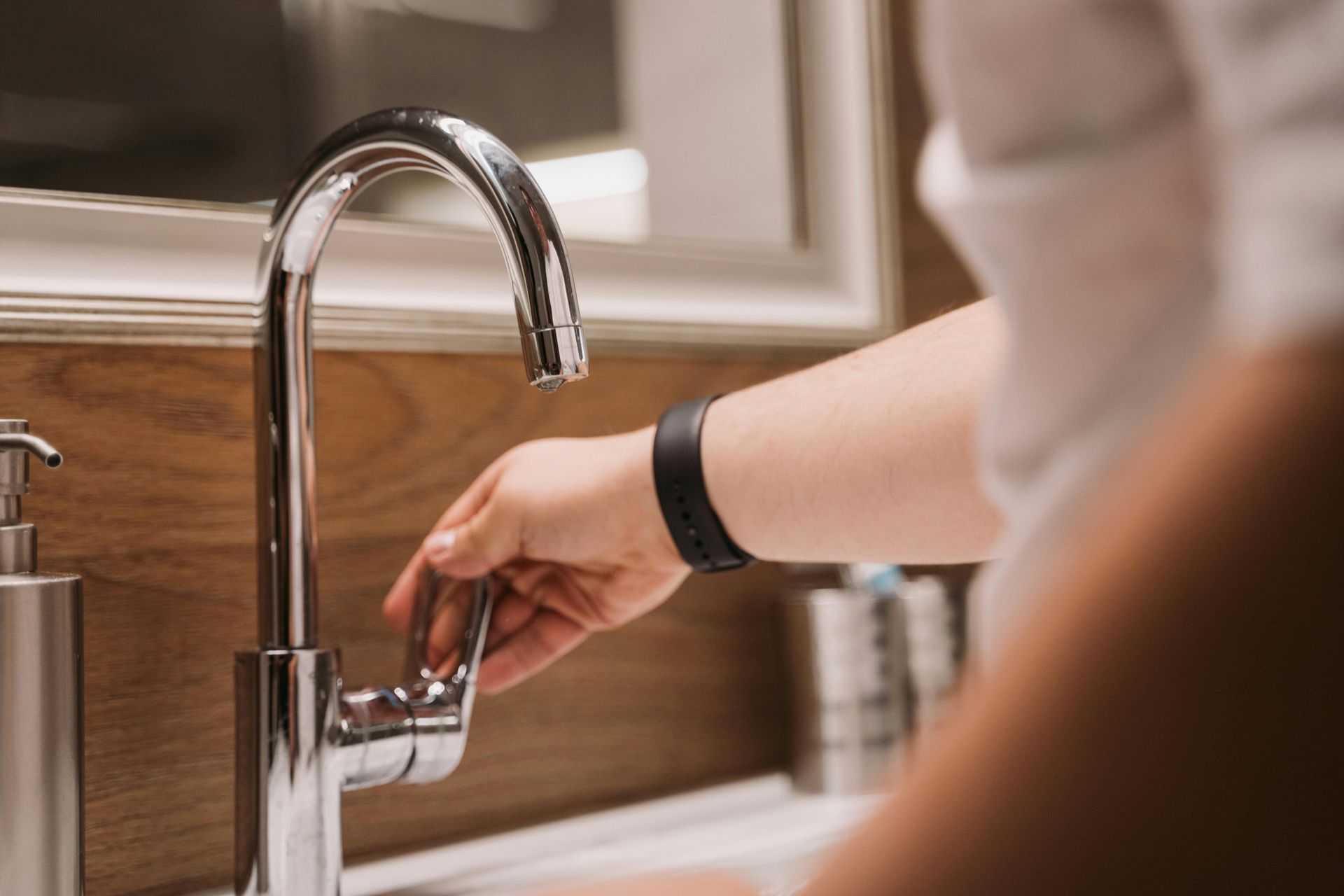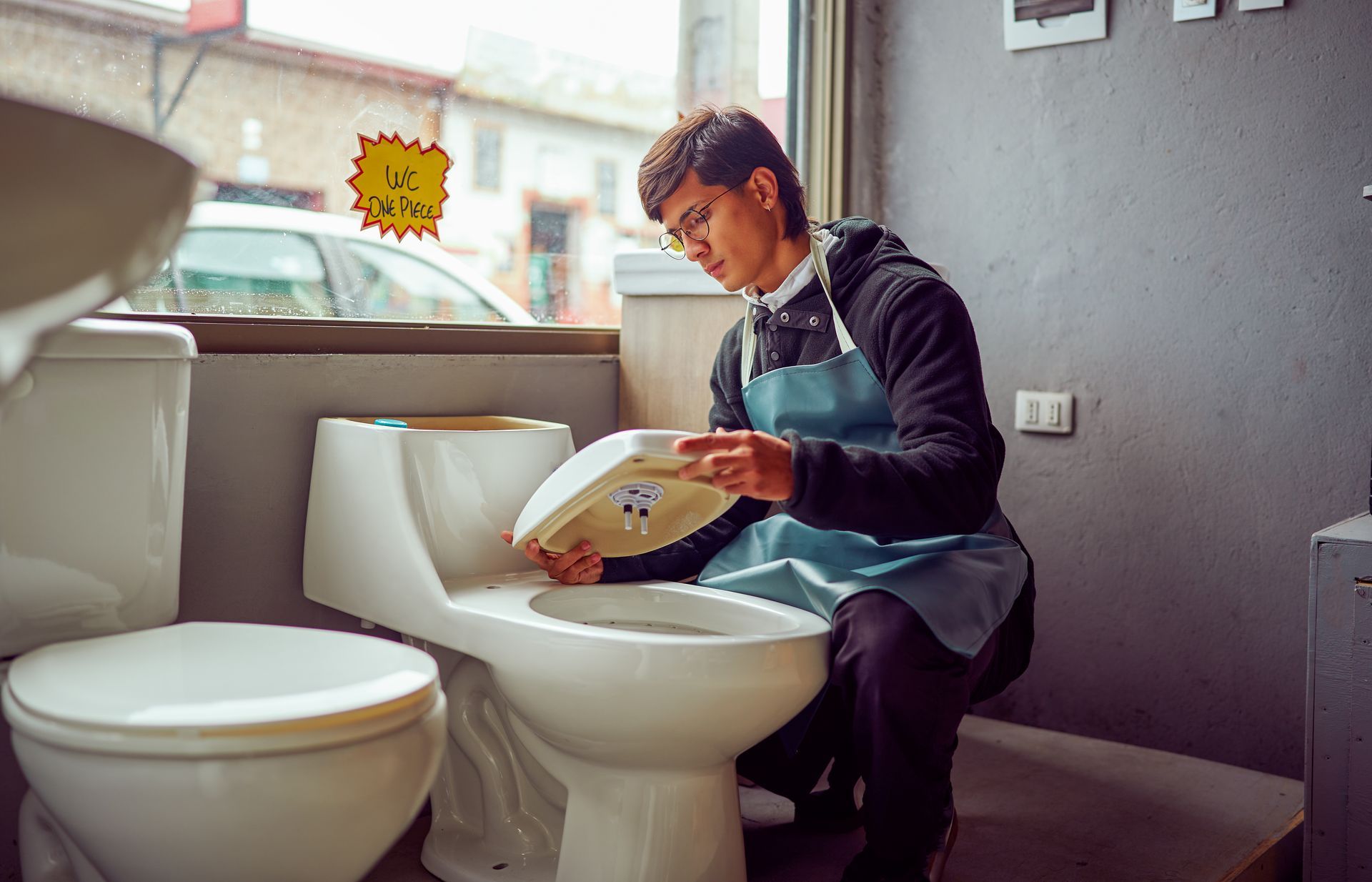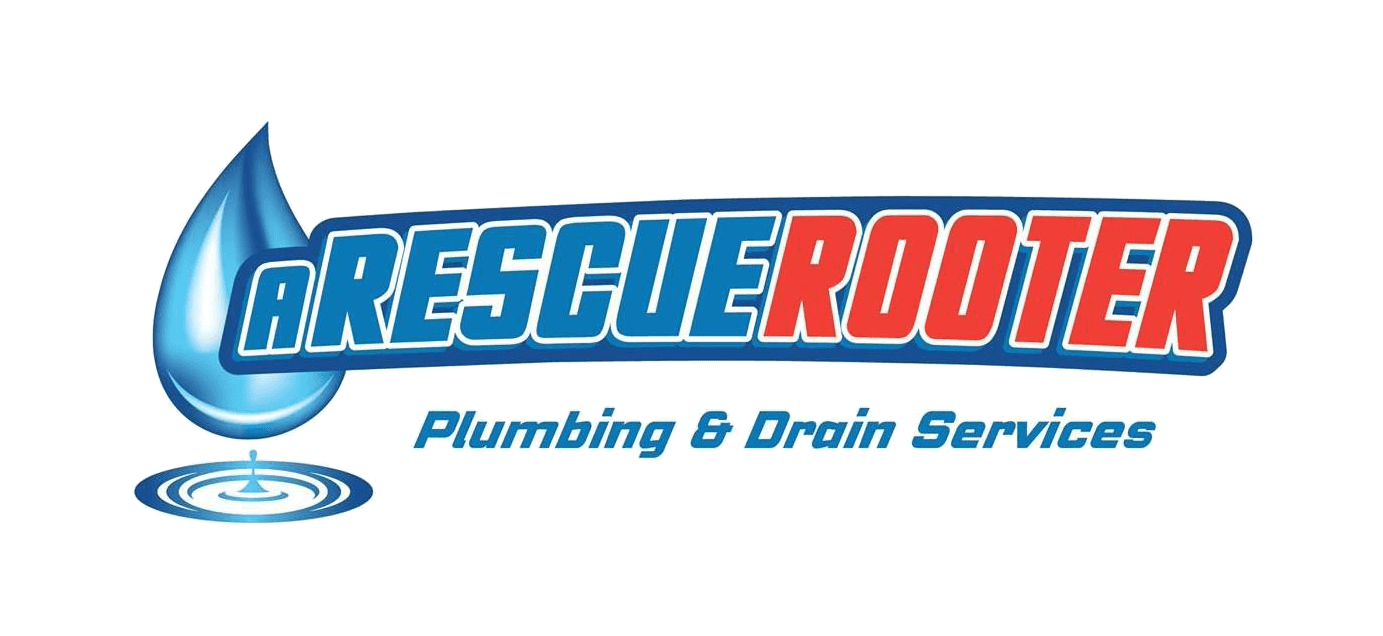Are you dealing with a slow draining tub?
If your bathtub is slow to drain, chances are that it’s the fault of far too much hair stuck halfway down the drain...
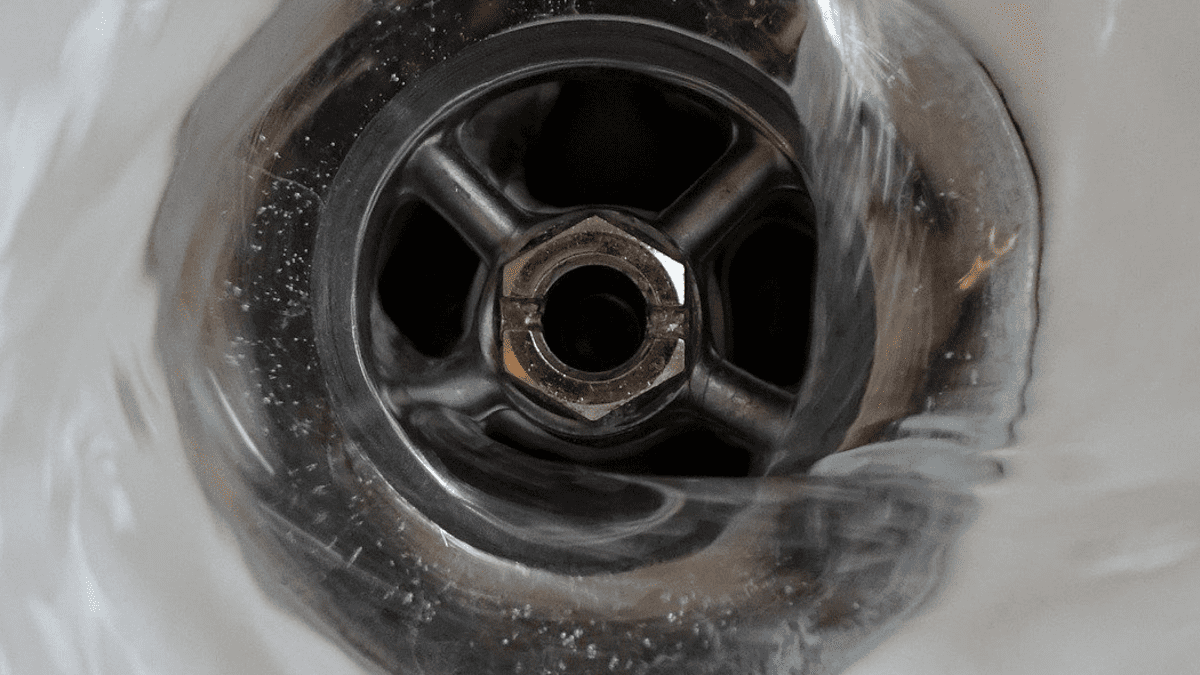
You can remedy this problem with one of these simple tricks that you can take care of yourself. It’s a good idea to give these a try before you call a Hamilton plumber. Bathtub clogs aren’t as scary as you think they are!
The most common and easiest way to get rid of that nasty bathtub clog is the using the combination of baking soda and vinegar. It’s super easy and effective. Take these simple steps:
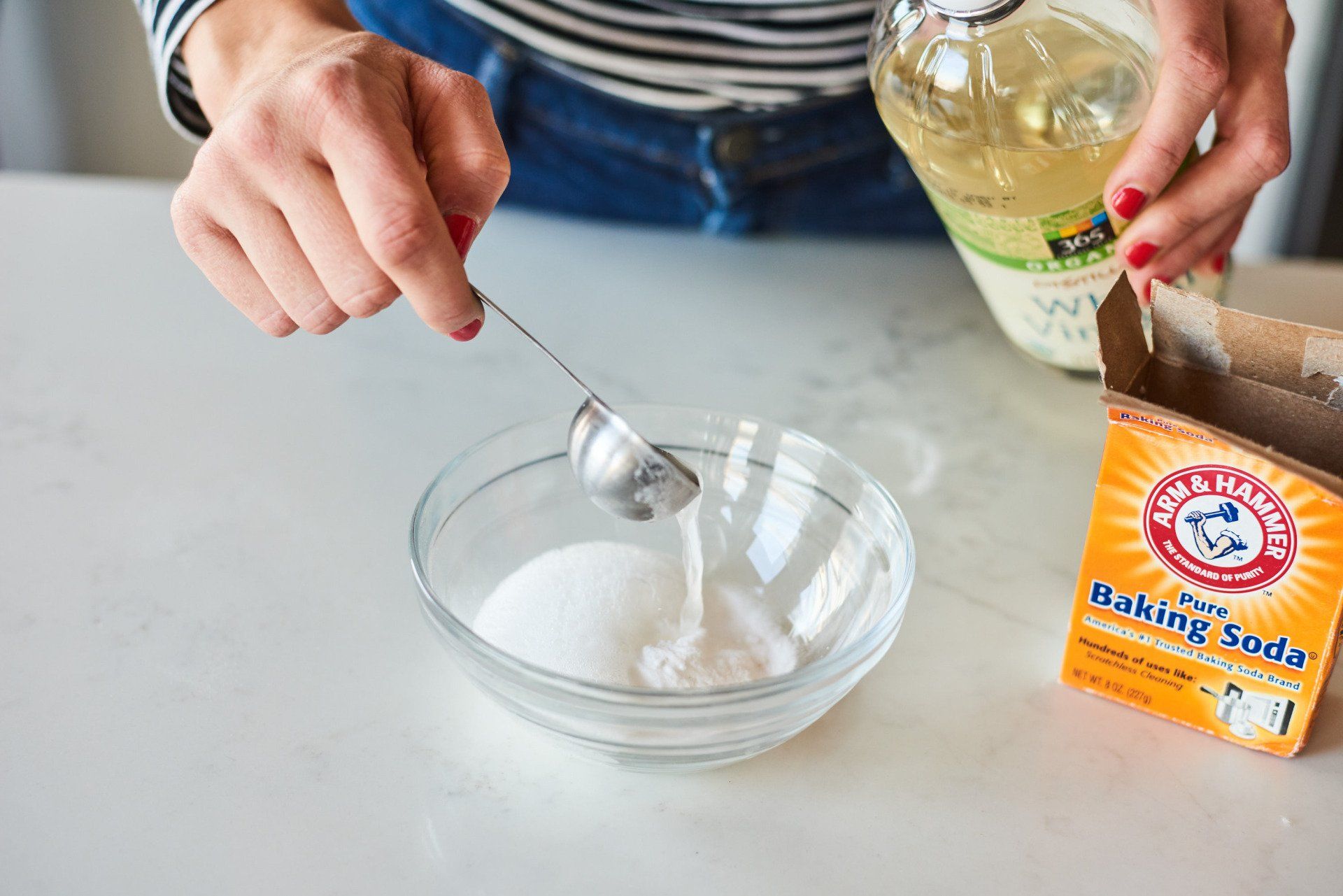
1. Pour one cup of baking soda down the drain. Immediately pour in a cup of white vinegar. They will start to fizz.
2. When the fizzing stops, after about 10 minutes, pour 4 cups of boiling water down the drain.
3. Turn on the bathtub’s water to check if the water is draining is properly.
4. If by chance, the bathtub is still clogged, repeat the above steps. It’s okay, some clogs are more stubborn other plugged drains.
Some folks have had success repairing slow draining tubs with the use of needle-nose pliers. If you have to purchase a set of these pliers, any hardware store carries them.
Here’s the step-by-step instructions:
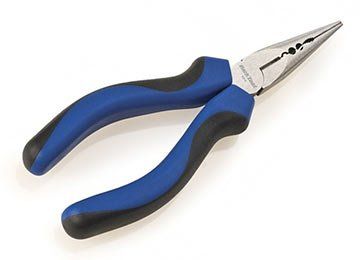
1. Remove the drain stopper manually or use a screwdriver if necessary.
2. Grab your flashlight and look down the drain in search of the offending clog.
3. With gloves on for safety, use the needle-nose pliers and pull out the clump of hair.
4. You may have to use a wire hanger if the pliers won’t reach.
5. When you remove the clump of hair, flush the drain out with 4 cups of hot water.
There are plungers you can buy that are suitable for bathtub and sink drains but the methods outlined above are the most common ways to remove bathtub clogs. Be sure you use the plunger properly by placing the black plunger cup tightly over the drain and pushing it down quickly at least half a dozen times without breaking the seal. Turn on the tap to check if the water drains. If it doesn’t repeat the plunging process again.
If you like, use chemical drain cleaners. Be sure to read and follow the instructions. Your Hamilton plumbers recommend that you don’t routinely use these chemicals. They are corrosive and can burn your pipes and skin. If you need fast, expert assistance A Rescue Rooter in Hamilton and they will help you with all your plumbing needs, twenty-four hours a day. Their Hamilton plumbers are fully licensed, insured and most importantly a phone call away! No job is too big or too small and we can help you with our state-of-the-art equipment that includes the use of CCTV video for diagnosis and repair. We never charge a premium for your emergency repair.
For all your commercial, domestic and industrial plumbing needs, you can trust A Rescue Rooter. Contact them at (905) 333-6909 or online at www.arescuerooter.ca. We are a family run business who are available to you 24 hours a day. A Rescue Rooter will provide you with a free quote too. We are fully insured and have all your plumbing needs covered. We will assist with any of your plumbing needs. We are ready to help!
Call us in Hamilton at (905) 521-8284 or complete our online form at www.arescuerooter.ca and we call you back.
They are the experienced plumbers in Hamilton that can help with your stubborn slow draining tub and more.
They are your choice for reliable, high-quality commercial, residential and industrial plumbing and drain cleaning services in Hamilton!
